Satellite Communicators
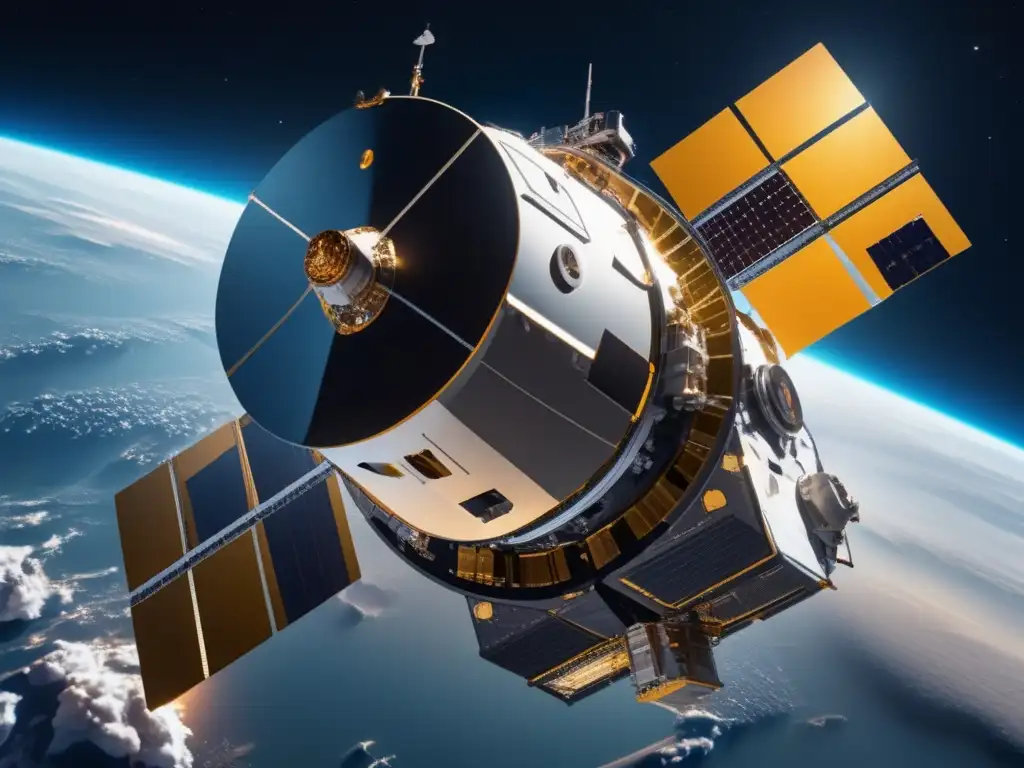
In-Depth Review of Satellite Communicators: Essential for Hurricane Preparedness
Introduction
Hurricane season is a challenging time for residents in hurricane-prone areas, and one of the most important and crucial steps towards being ready for it is to prioritize communication preparation. In cases of emergency, effective communication can mean the difference between life and death. Different types of natural disasters may also result in cellular networks becoming unstable or even completely collapsed. This is where satellite communicators come into play, providing direct access to global satellite networks and enabling effective communication in such scenarios. This article is an in-depth review of satellite communicators, exploring their role in hurricane preparedness and providing insight into their features and options.
Why Satellite Communicators is Essential for Hurricane Preparedness
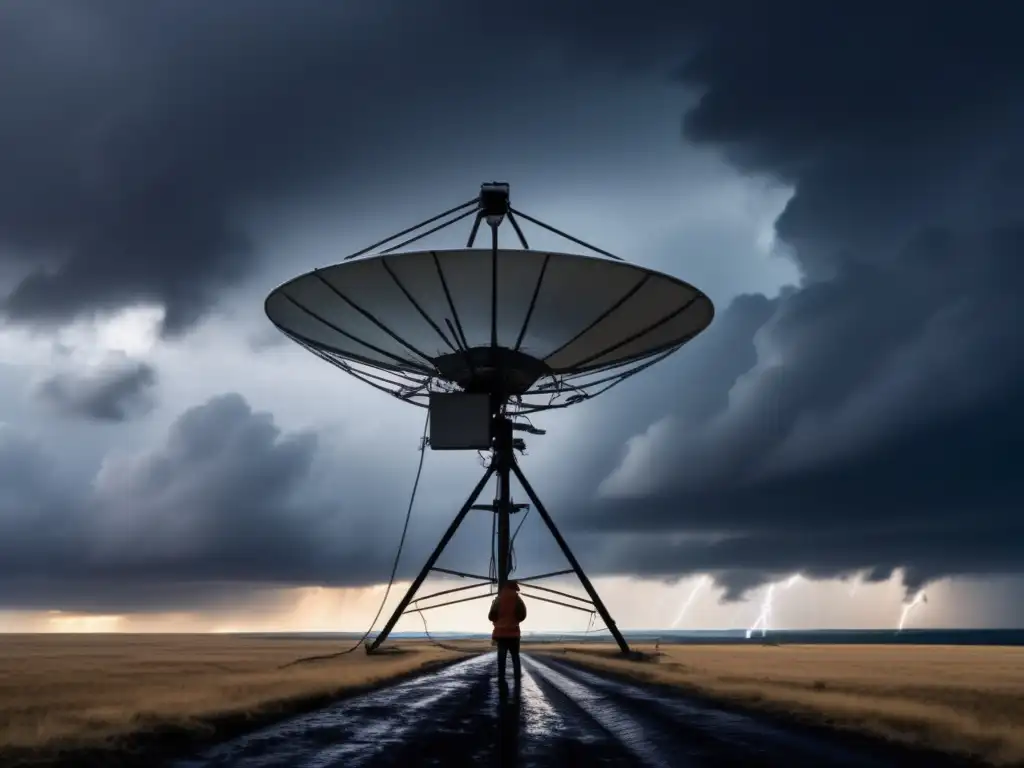
The Role of Satellite Communicators in Safety and Survival
Satellite communicators are electronic devices which use satellite networks to connect a user to the global communication grid. When cell towers and land-based communication devices are down due to severe weather conditions, satellite communicators continue to be functional, providing uninterrupted communication with individuals, organizations, and government agencies. During a hurricane, where there may be prolonged power outages or complete destruction of infrastructure, satellite communicators have proved to be essential for safety and survival.
Potential Scenarios Where Satellite Communicators is Needed
There are several potential scenarios where satellite communicators are needed during a hurricane. One such situation is when an individual needs urgent medical attention, but roads are impassable or flooded, and communications with emergency services are disrupted. A satellite communicator allows the user to transmit a distress signal or communicate with a medical professional for assistance. In cases of evacuation, it is essential to have a reliable means of communication to coordinate with family members and friends to make transportation plans.
Features to Look for in a Satellite Communicators

Build Quality and Durability
The build quality and durability of the satellite communicators are crucial factors to consider. Hurricane-prone areas may experience heavy winds, rain, flooding, and other harsh weather conditions that can damage electronic devices. A satellite communicator must be able to withstand such weather conditions and keep functioning to ensure communication in times of need. Moreover, a rugged design with waterproofing is an added advantage in situations such as hurricanes.
Functionality and Ease of Use
During emergencies, it is essential to have a device that is user-friendly and can be operated quickly and efficiently. Features such as large buttons, intuitive interfaces, and straightforward setup instructions allow for easier use of the product in emergency scenarios. Additionally, having the ability to send predefined messages or maps to contacts enables personalized communication, improving the chances of receiving help from loved ones or authorities.
Battery Life or Alternate Power Sources
When looking at satellite communicators, battery life is also an important factor to consider. In cases of long-term power outages, extended battery life provides constant communication for the individual. Additionally, some satellite communicators provide alternative power sources, such as solar panels or crank chargers, ensuring that communication remains functional even when traditional charging methods are unavailable.
Understanding the Different Types of Satellite Communicators

Inreach Explorer+
The Inreach Explorer+ is a reliable option for satellite communicators that offers navigation features and topographic maps, enabling individuals to find their location and navigate through difficult terrain during evacuations or rescue scenarios. Moreover, this device has a built-in compass, barometric altimeter, and accelerometer, which aid navigation and location. The Inreach Explorer+ also comes with a camera, which can be used to document damage and send images to authorities and loved ones. It allows for two-way communication, enabling users to send and receive messages while providing a tracking system.
Satellite Communicator with GPS and Bluetooth
Another option for satellite communicators is a device that has built-in GPS and Bluetooth capabilities. This type of device enables efficient navigation and communication with other devices, such as smartphones or tablets, enhancing the functionality of the device. Additionally, these types of devices are often lightweight and compact, making them easier to carry and transport during evacuations.
Popular Satellite Communicators Options in the Market

Three popular options for satellite communicators in the market are the Garmin Inreach Explorer+, ZOLEO Satellite Communicator, and SPOT X 2-Way Satellite Messenger. Below is an in-depth review of each product:
Garmin Inreach Explorer+
The Garmin Inreach Explorer+ is an all-in-one satellite communicator and navigator equipped with GPS, maps, and messaging features. It offers two-way texting, tracking, and SOS alerting through available satellite networks. It also includes navigation tools such as a digital compass, barometric altimeter, and accelerometer.
The build of this device is rugged and durable, and it is tested for water immersion for 30 minutes at a depth of one meter. It has an internal rechargeable lithium battery with a lifespan of up to 100 hours from a single charge. Additionally, it supports external power sources such as solar panels or portable batteries. The device functions with the Garmin Explore app, which provides additional support, such as preset quick messages, social media sharing, and map-based messaging.
ZOLEO Satellite Communicator
The ZOLEO Satellite Communicator is a compact and easy-to-use device that offers global connectivity through satellite communication networks. It has two-way messaging, SOS alerting, location sharing, and weather forecasting features. Its intuitive design enables easy communication even for those unfamiliar with satellite communicators.
This device is rugged and durable, with an IP68 rating, meaning it is waterproof and dustproof. It is also tested to MIL-STD 810G standards, further ensuring its reliability in harsh weather conditions. The battery life of the device is up to 200 hours, with the ability to recharge through USB or solar panels.
SPOT X 2-Way Satellite Messenger
SPOT X 2-Way Satellite Messenger is a two-way messaging device that comes with Bluetooth, GPS, and SOS features. It has a full QWERTY keyboard similar to those on smartphones, making it easy to type messages and navigate through menus. Moreover, its tracking ability provides updates on location every 10 minutes, allowing for better tracking and rescue operations.
The device is durable with an ingress protection rating of IP67, meaning it is dust-tight and waterproof up to one meter deep for 30 minutes. It offers a battery life of up to 240 hours in power save mode or 10 days on the standard tracking setting. The device can be charged via micro USB or through an optional solar panel.
Frequently Asked Questions
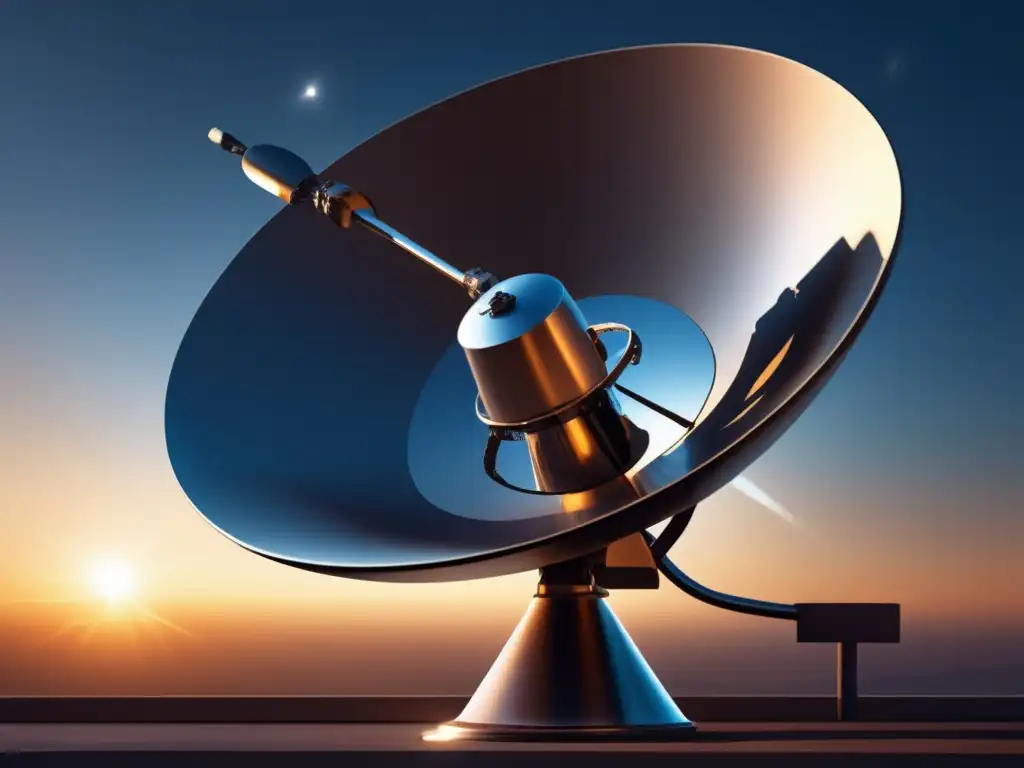
-
What is a satellite communicator?
A satellite communicator is a device that connects to global satellite networks, enabling users to send and receive messages, track their location, and request emergency assistance when traditional communication methods are not available.
-
Do I need a satellite communicator for hurricane preparedness?
A satellite communicator is not a necessity for everyone in hurricane-prone areas, but it is an essential communication tool during emergency situations. It helps ensure that in cases where traditional means of communication are unavailable, you have access to essential communication features.
-
What is the battery life for most satellite communicators?
Battery life for satellite communicators can range from 50 hours to 200 hours, depending on the device and its settings. It is essential to research different products to determine the best option for your specific needs.
-
Can I use my smartphone as a satellite communicator?
Some smartphones have satellite communication capabilities, but they tend to be expensive and may not provide the same level of functionality as dedicated satellite communicators. Moreover, since most phone networks rely on land-based infrastructure, they might also fail during extreme weather conditions.
-
Do satellite communicators require a subscription to use?
Yes, most satellite communicators require a subscription to use as they rely on satellite service providers for connectivity. These service providers charge a fee, which varies depending on the type of service required and the duration of use.
Conclusion
Satellite communicators play a critical role in hurricane preparedness, providing reliable communication when traditional communication methods are disrupted. When looking at satellite communicators, it is essential to consider features such as build quality, durability, battery life, and functionality to determine the best option for your specific needs. Garmin Inreach Explorer+, ZOLEO Satellite Communicator, and SPOT X 2-Way Satellite Messenger are popular satellite communicator options in the market, each with unique features that make them reliable during emergency situations.
Ensuring that you have reliable communication during hurricane season can be the difference between life and death. Therefore, it is essential to invest in satellite communicators to ensure that you can communicate effectively with loved ones, authorities, and emergency services. At hurricaneinsider.org, we encourage individuals to take the appropriate steps towards hurricane preparedness to ensure safety and security for themselves and their families.
If you want to discover more articles similar to Satellite Communicators, you can visit the Hurricane Preparedness Products category.
Leave a Reply

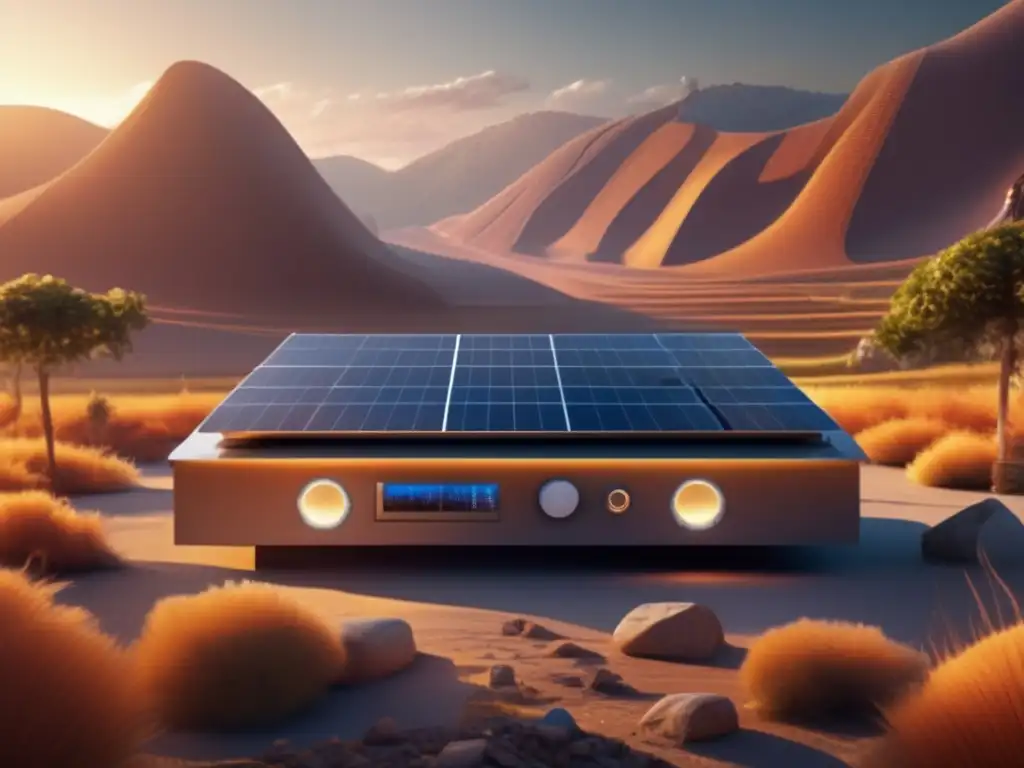

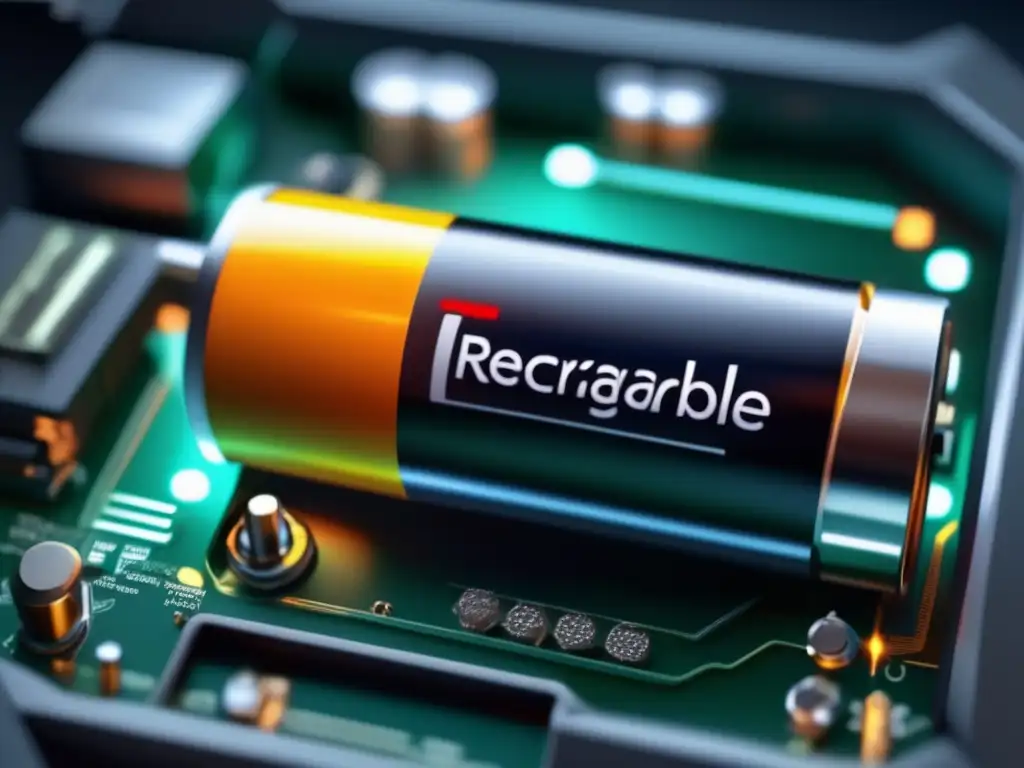
Articulos relacionados: